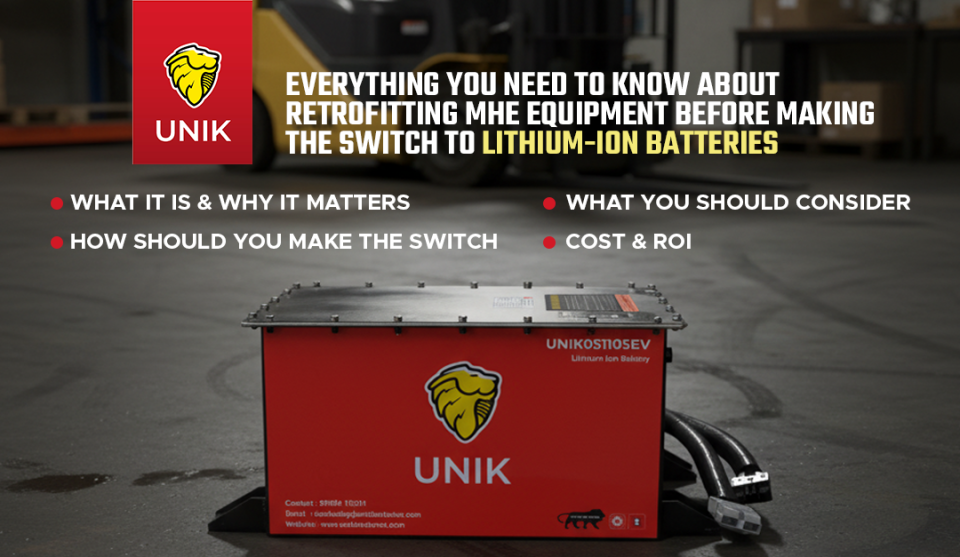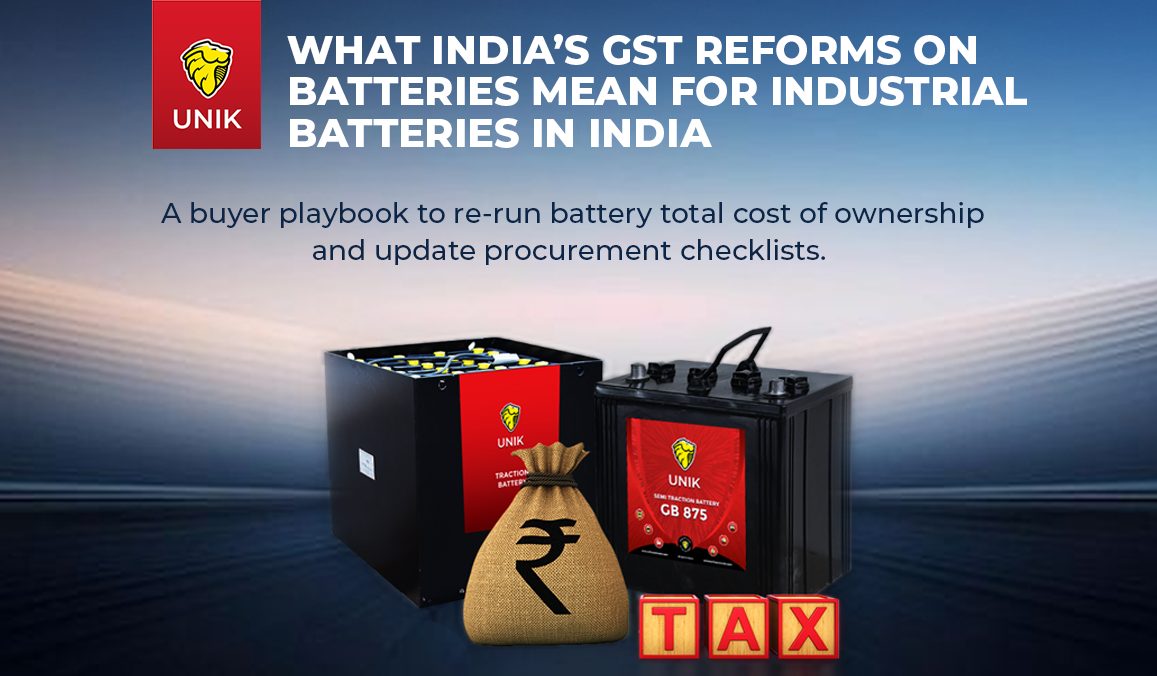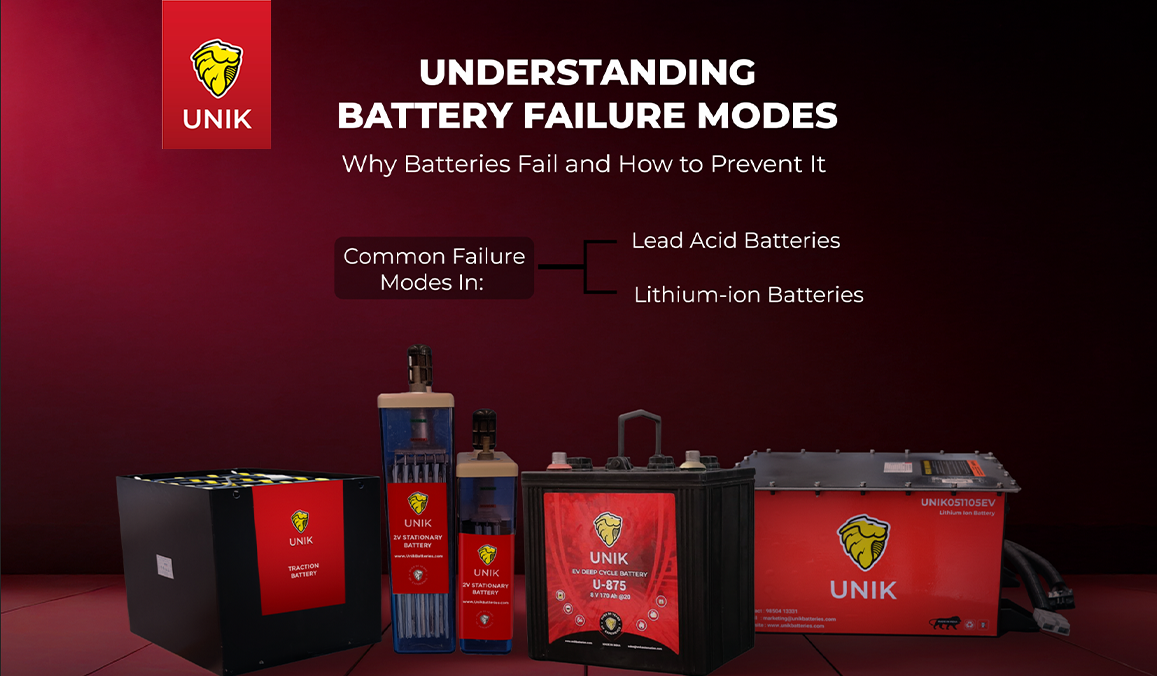What are the charging methods of batteries?
The charging method usually used for first charge of a battery prior to commissioning is constant current charging.
Constant current charging is a charge given to the battery at a pre determined or manufacturer recommended constant current for a certain duration as prescribed by the manufacturer with no regard to the voltage which rises.
Usually the temperature is monitored to ensure that it does not rise high - sufficiently high enough to damage the battery internal components. Such a charge ensures that a defined Ah in relation to battery capacity is fed in to the battery.
Once the battery has been fully charged the sp gr are equalized - wrt temperature as measured.
A battery once used is recharged generally using a constant voltage charger. Constant voltage chargers have a current profile such that the current reduces as battery or cell voltage increases.
Chargers used in large electricity sub stations or as UPS systems in telecom sector or as battery back up for inverters have a float mode. In float mode a trickle current is given to flooded electrolyte lead acid batteries - such that the voltage per cell is maintained between 2.16 volts to 2.20 volts. Such chargers are known as float boost chargers flooded electrolyte.
AGM batteries cannot be charged with higher DC output voltage since charging at high currents can damage the battery - if float voltage is not set to supply a trickle current in the range between 2.25 volts 2.30 volts.
Cycling batteries have a tougher duty to perform when in use. Chargers meant for cycling batteries have an equalising mode - in addition to boost charge facility.






